Growing lotus flowers can transform any garden into a serene oasis. These magnificent blooms, revered for their beauty and spiritual symbolism, can thrive with the right care and attention.
Whether you’re new to gardening or an experienced green thumb, these 10 tips will guide you in cultivating your own stunning lotus blossoms.
1. Choose the Right Variety

Selecting the perfect lotus variety is key. Consider your climate and space availability.
With countless hues, from vibrant pinks to serene whites, choose one that complements your garden style.
Each variety has unique growing needs; some love larger ponds, while others thrive in smaller containers.
2. Optimal Sunlight Exposure
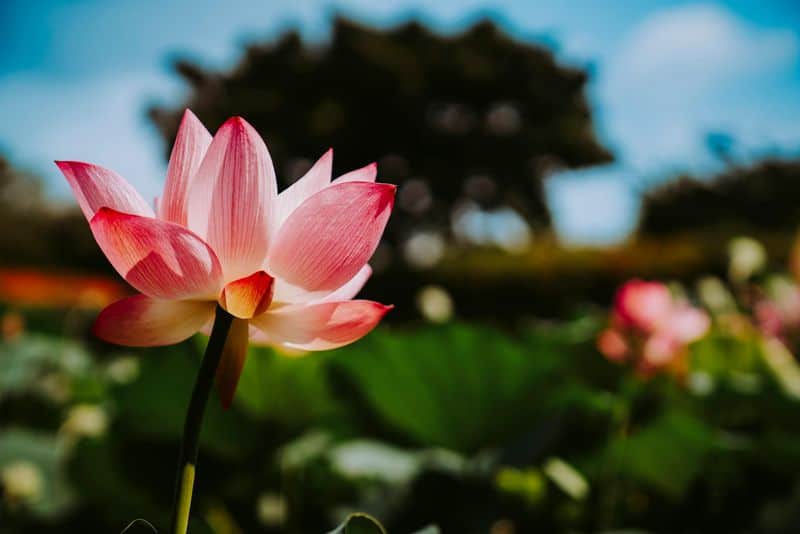
Lotuses thrive in sunlight. Position them where they get at least six hours of direct sunlight daily.
This exposure ensures vigorous growth and vibrant blooms. If your garden lacks sufficient natural light, consider using grow lights to supplement. The warmth and light encourage flourishing blooms.
3. Proper Soil Selection
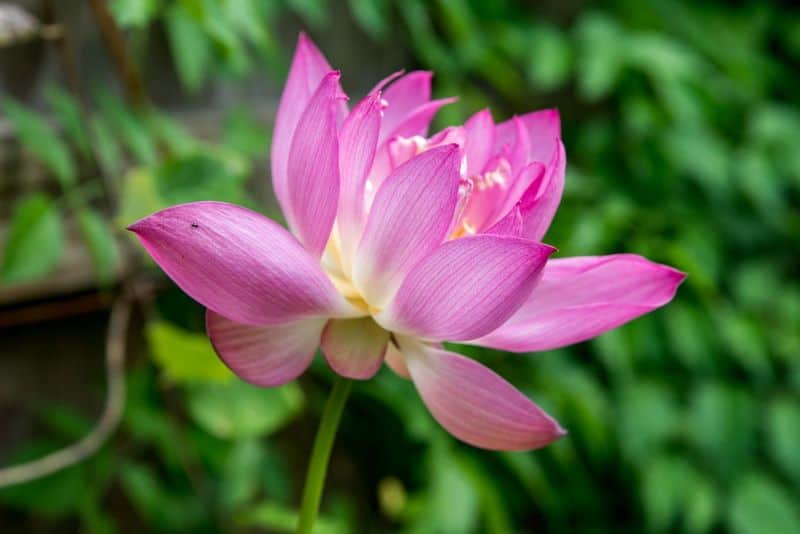
Soil choice matters. Use heavy loam clay that supports strong root systems. Avoid lightweight potting mixes as they may float away.
Enrich soil with organic matter for nutrients. This foundation lets your lotus anchor securely, absorbing essential nutrients to thrive. Proper soil ensures robust plants.
4. Water Quality Matters

Water quality is crucial. Use clean, chlorine-free water. Regularly change the water to maintain freshness. Stagnant water invites pests and diseases.
If unsure, use rainwater or distilled water for purity. Keep your lotus hydrated and clean for optimal health and vibrant blossoms.
5. Maintain Consistent Water Levels

Consistent water levels nurture lotus growth. Keep water at a stable depth, ensuring roots remain submerged.
Fluctuating levels can stress plants. Monitor regularly to adjust as necessary. This consistency mimics natural habitats, promoting healthy growth and stunning blooms that captivate.
6. Fertilize Wisely
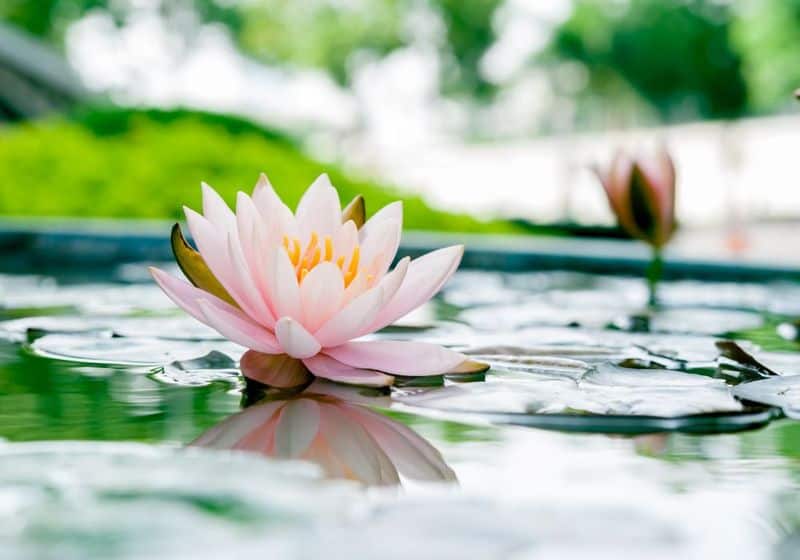
Feed your lotus. Use slow-release fertilizers specifically for aquatic plants. Apply sparingly; over-fertilizing leads to algae growth that suffocates your blooms.
A balanced regimen provides nutrients without overpowering. Fertilize in early spring, supporting initial growth phases and encouraging robust, vibrant flowers.
7. Control Pests Naturally

Pests love lotus too. Use natural remedies like introducing ladybugs, who feast on aphids. Avoid harsh chemicals that harm plants and aquatic life.
Regularly inspect leaves for signs of infestation. Natural control methods keep your lotus healthy and garden eco-friendly, ensuring beauty without damage.
8. Provide Winter Protection
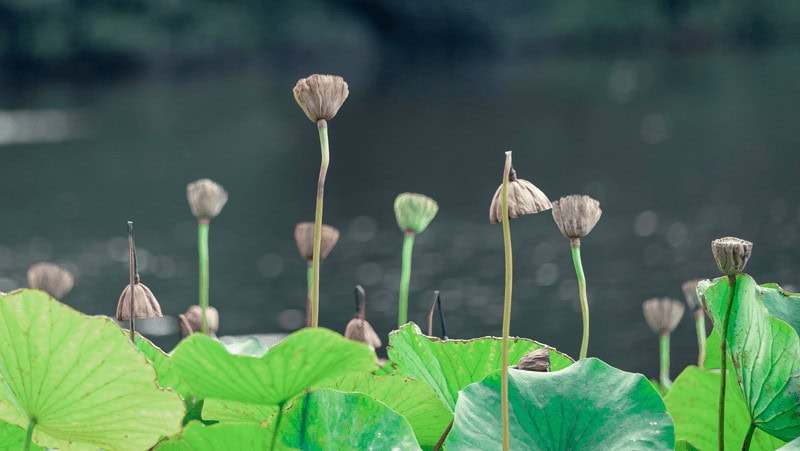
Winter can be harsh. Protect your lotus by insulating pots or moving them indoors. In-ground plants benefit from mulching.
This shields them from frost damage. Adapt your methods based on climate conditions. Proper winter care ensures your lotus emerges vibrant and ready to bloom come spring.
9. Prune for Healthy Growth

Pruning promotes health. Remove dead or yellowing leaves to prevent disease. Trim spent blossoms to encourage new growth.
Regular maintenance fosters a thriving environment, letting energy focus on vibrant blooms. Pruning keeps your lotus looking its best, contributing to a stunning garden display.
10. Start from Seeds or Rhizomes
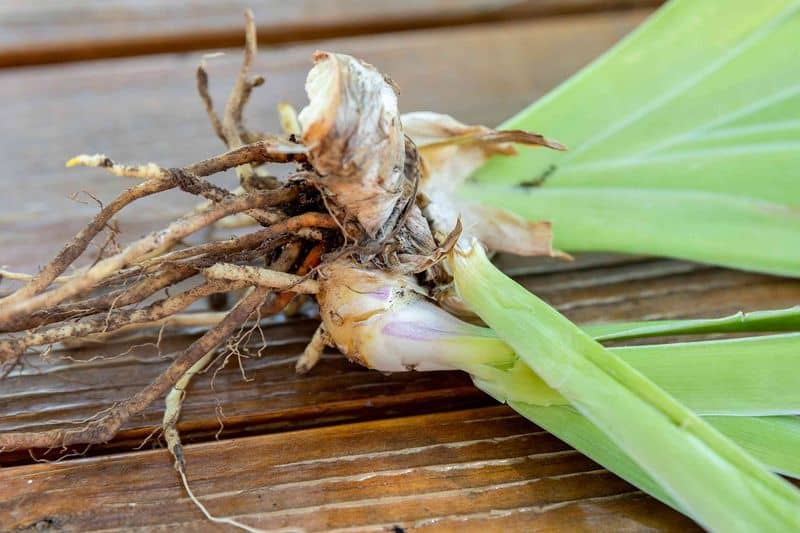
Begin your lotus journey. Decide between seeds or rhizomes; both have distinct advantages. Seeds offer variety and growth from scratch, while rhizomes provide quicker results.
Carefully follow planting guidelines for each. Your choice shapes your gardening experience, offering unique rewards in vibrant blooms.

